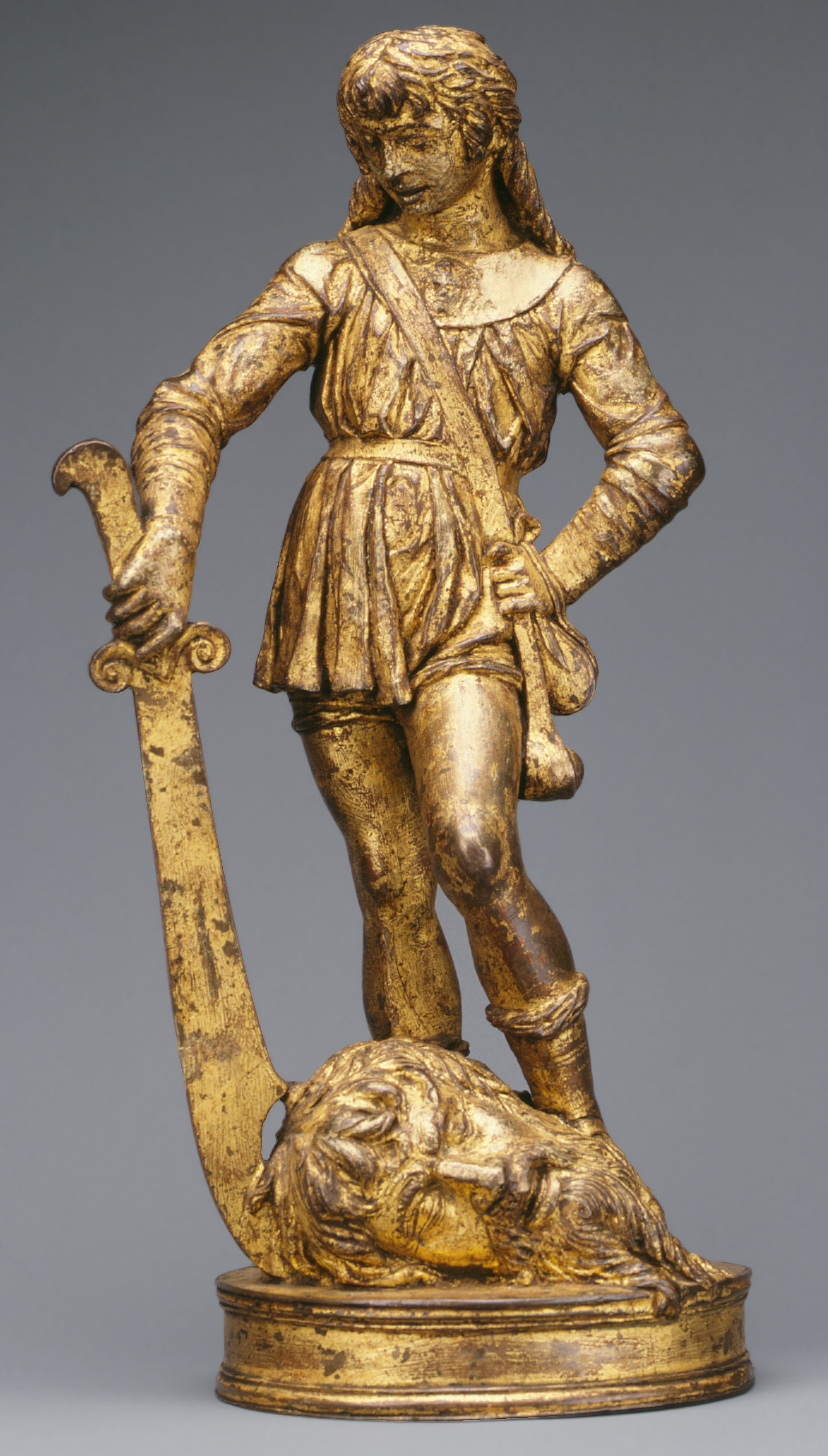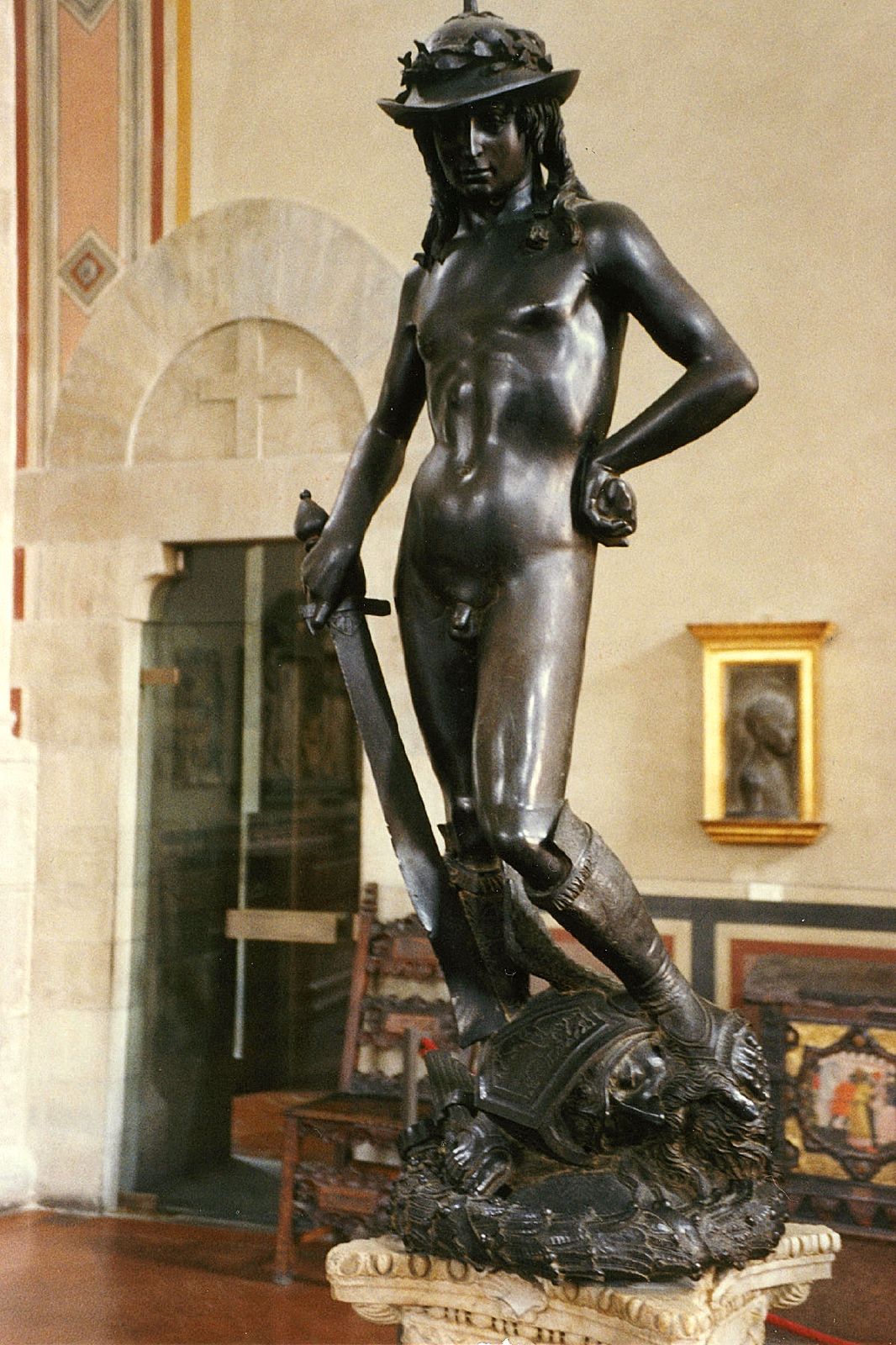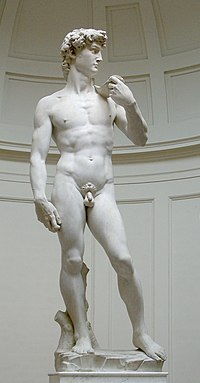As an aspiring jazz vocalist, I often am surprised at how many amazing jazz artists I’ve let slip under my nose, especially when I realize how helpful they are in my own efforts to understand and master jazz music. Saxophonist Rudresh Manhanthappa, a musician of Indian jazz, is one of them. Mitch and I seized the opportunity (extended to us by our very own Professor Smaldone) to see him at Flushing Town Hall. The two main things I learned from this concert are: 1) you haven’t heard jazz until you’ve heard Indian Jazz, and 2) Jazz. Is. Communication. Watching Rudresh and his trio “The Indo-Pak Coalition” perform was as educational as it was absolutely entertaining- it served as a wonderful reminder about how crucial communication is in jazz.
The evening began with a Q & A session between Rudresh and our emcee for the evening. He told his story of being born in Trieste, Italy, growing up in Boulder, Colorado, and attending Berklee College of Music and DePaul University for his Master’s. I wasn’t expecting him to be so down to earth; I certainly wasn’t expecting his clear American accent, or that his taste in music would be so eclectic given the specific brand of jazz that he plays. By the end of the twenty-minute session, I was so curious about what his music would sound like that I could barely stand it. It also helped that a couple of months ago I attended an Egyptian Music workshop hosted by Carnegie Hall – I recognized some of the musical terms I had learned from that workshop and didn’t expect to also find them in Indian music.
Rudresh left the stage to retrieve the other two members of his trio, and a moment later, the three of them walked out together. Aside from Rudresh, there was a drummer and a guitarist, and I wondered if the trio would sound empty with the absence of a bass player (spoiler alert: boy, was I wrong).
After a couple of minutes of tuning, the trio began playing the only song of Rudresh’s I had previously heard: “Convergence.” Within seconds, I knew the night would be entertaining. From the very first note played, the three of them were all about communication. To blink would be to miss at least three glances between the players. They were always looking out for each other, checking in on each other, and listening to what the other one was doing. Rudresh’s solos went by lightning fast, and he played with a comical bended knee stance that we said looked a bit like a videogame character. He clearly is a musician who has reached the level of expertise that he barely needs to think about soloing anymore; he just does it.
I at first thought the guitarist, Rez Abbasi, wasn’t very good because of the inattentive , unconfident look in his eye, and during much of the first song he didn’t appear to be playing much. I was soon told that the guitarist probably has the hardest part of the three of them: he is acting as a bassist and a guitarist; he is holding everybody together as the drummer and Rudresh venture into different feels and melodic ideas. The more I watched him, the more I realized he was doing. The show couldn’t have gone on without him. Of many of Rez Abbasi’s highlight moments for the evening, my favorite had to have been his lengthy guitar solo at the beginning of the second song in the set. The chords that he chose, combined with the different pedals he pressed, gave his solo such an addictive quality. I literally did not want him to stop soloing, and was internally cranky when he did. It vaguely reminded me of the style of Stanley Jordan, in that Rez was able to make his one guitar sound as if three guitars were playing at once. That is when you know you’ve got yourself a good guitarist!
My favorite artist to watch of the trio, though, had to have been the drummer Dan Weiss. I consider him to have been the coolest and most light-hearted of the group. He was constantly grinning as he played, and his presence was overall nonchalant yet sure of himself. His experimentation with different drum fills was evident throughout the night. When playing the traditional tabla drum, he sat cross-legged on the floor, occasionally contorting his leg to impulsively reach the hi-hat or bass drum pedal. In less than two seconds, he could lift himself onto his drum stool to play the kit. He made it look like so much fun! It was also quite cool that he spotted the two of us in the audience and smiled/looked at us several times. 🙂
Rudresh’s music is great for the Indian jazz skeptic. For anyone who thinks they won’t like Indian jazz, Rudresh (with this trio especially) is the artist to see. Rudresh doesn’t make his music too exclusively Indian or too exclusively jazzy. The drums are constantly rotating between swing feels and other typical jazz feels and beats found in the heart of Indian music. One can definitely tell that the songs are Indian jazz, but there are melodic ideas within Rudresh’s compositions that unexpectedly take the audience to different musical worlds: sometimes the guitar sounded rock-ish, for instance, and sometimes Rudresh’s solos sounded bluesy. This concert as additionally taught me that I like musicians who experiment!
Even if you decidedly despise Indian jazz, see Rudresh’s trio as a musician, jazz or not. The benefits or communication really show between the three of them. In my experience, it is very easy to forget to communicate to your fellow musicians, whether you’re playing in a combo, a big band, etc. For a genre that is a thousand percent more free than the rigidness of classical music, this isn’t good! Communication is key to keeping things running smoothly and producing really cool solos, and Rudresh Manhanthappa and the Indo-Pak Coalition are wonderful testaments of that. Go check them out! Rudresh is based in New York!

 I sometimes found myself positioned like this, pondering yet perpetually confused.
I sometimes found myself positioned like this, pondering yet perpetually confused.












